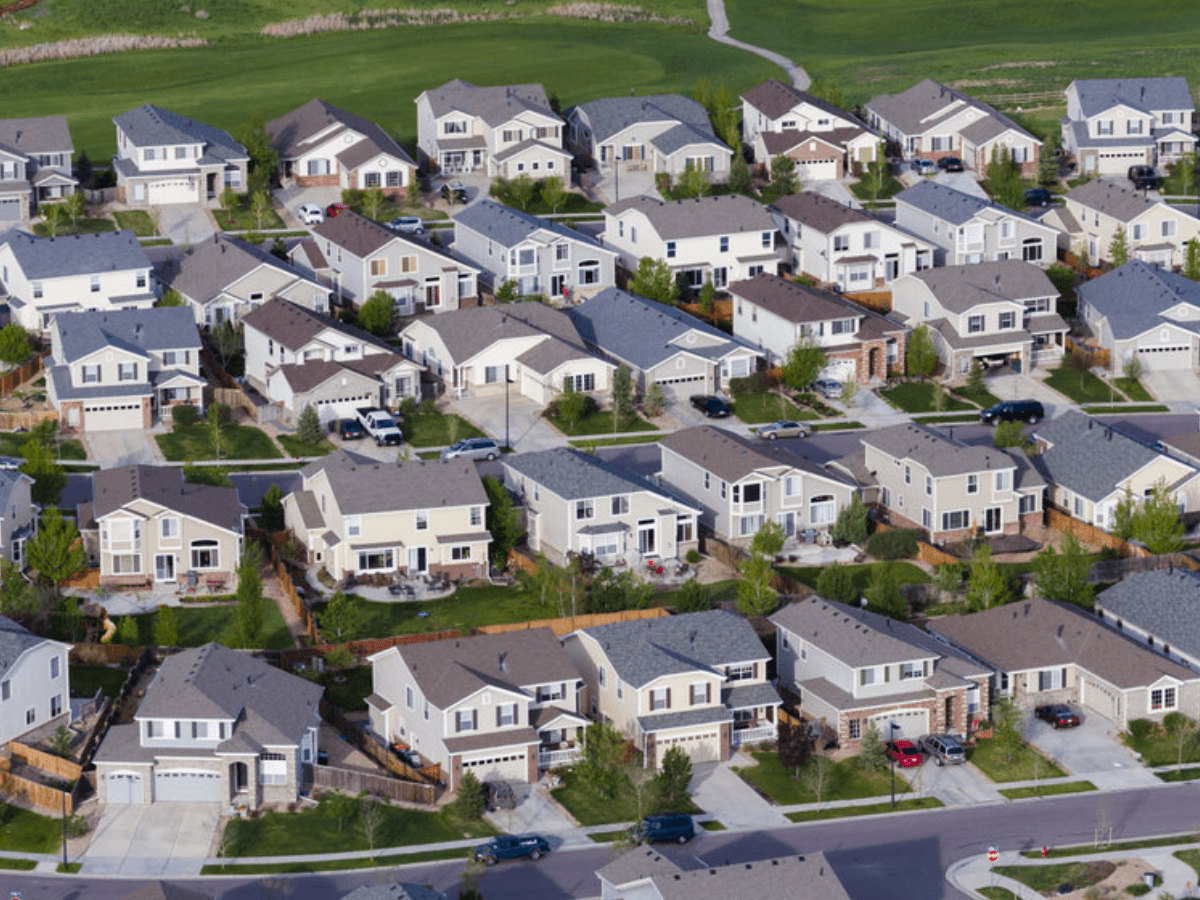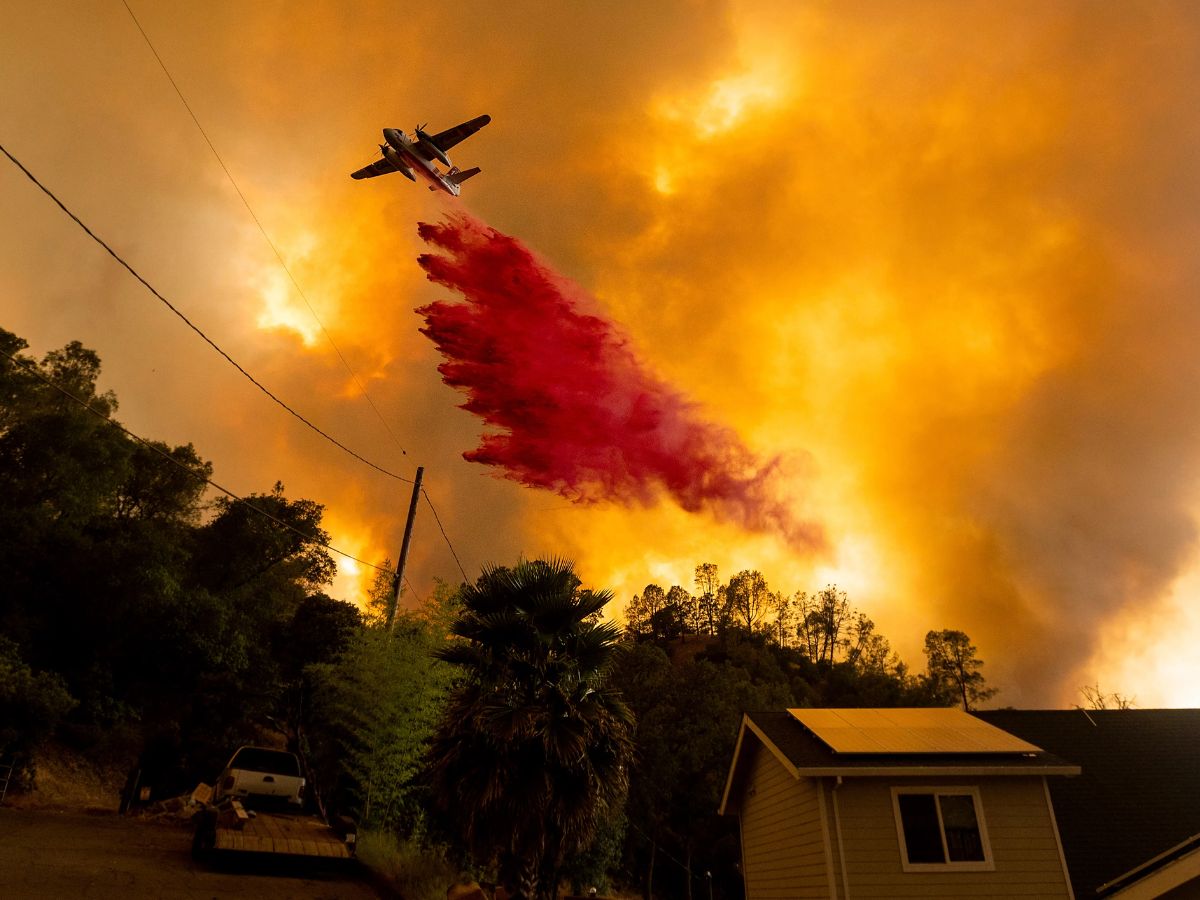
Climate Change to Erode $1.5 Trillion in U.S. Home Values
A new study from climate-research firm First Street predicts climate change will slash U.S. home values by $1.47 trillion by 2055. The culprits: surging home-insurance costs and a growing reluctance to live in high-risk areas.
The research highlights the growing economic toll of climate-driven disasters such as hurricanes, wildfires and heatwaves, which are increasingly devastating American homeowners. Natural catastrophes in recent years, from California’s recent wildfires to hurricanes battering the Southeast, have forced thousands of Americans to rethink where they live.
The Link Between Climate Change and Home Values
The relationship between climate change and home values is becoming a pressing concern as losses from extreme weather hit record highs. Scientists confirm climate change is exacerbating these events while migration trends show that Americans have continued to move into disaster-prone regions.
First Street’s study identifies counties most likely to see a plunge in home values owing to rocketing insurance costs and population declines. Among the hardest-hit areas are Fresno County in California and Ocean and Monmouth counties in New Jersey.
But some regions like Houston and Miami are expected to maintain population growth despite higher insurance costs, thanks to strong local economies.
For years economists have warned climate risks would eventually weigh on home prices as rising insurance premiums and shifting migration patterns alter demand. While some homeowners may be forced to sell at a loss, sinking property values could also hit local tax revenues hard.
Despite those warnings, however, the nationwide effect on home prices has been limited so far. The housing market soared in 2020 and 2021 due to high demand, and although sales activity has since slowed, home prices remain near record highs—even in states like Florida and Arizona, which are dangerously vulnerable to climate risks.
There is evidence that climate risk is starting to affect buying decisions, but mostly at the margins, says Jenny Schuetz, vice president of housing at Arnold Ventures. He adds people are still moving into high-risk areas.
How Bad Will It Get?
First Street’s projections suggest that insurance costs will rise by nearly 30% over the next three decades, and the number of Americans considering climate risks when buying a home will skyrocket from 5.2 million in 2025 to 55 million in 2055.
But the impact of climate change on home values isn’t straightforward. If property values double in the next 30 years, as they have in past decades, the projected $1.47 trillion loss would amount to just a 1.5% fall.
Jeremy Porter, head of climate implications research at First Street, suggests that although climate change will dampen appreciation, it won’t necessarily erase home-value growth entirely.
He says: there will still be home-price gains in many places. But they just won’t be as strong as they would have been without climate risk, he acknowledges.
The Human Toll
For some homeowners, climate risk has already dictated life-changing decisions. Mark Garcia, a longtime resident of Fort Myers Beach, Florida, lost his home to Hurricane Ian in 2022, as cited by the Wall Street Journal. He lived in a tent on his empty lot for months, hoping to rebuild—until two more hurricanes, Helene and Milton, flooded the island again.
Garcia eventually moved slightly inland to Bonita Springs, where his new home remained dry during Hurricane Ian. His story reflects a growing trend: while mass migrations out of states like Florida or Texas aren’t happening yet, people are beginning to relocate to slightly safer areas within these regions.
As extreme weather events become more frequent, the U.S. housing market is in for a shake-up. Expensive insurance costs, shifting migration patterns and evolving real estate trends will all play a role in determining how home values fare in the face of climate change.
The financial burden of mounting climate change means homeowners, buyers, and policymakers will need to adapt to an uncertain future.



